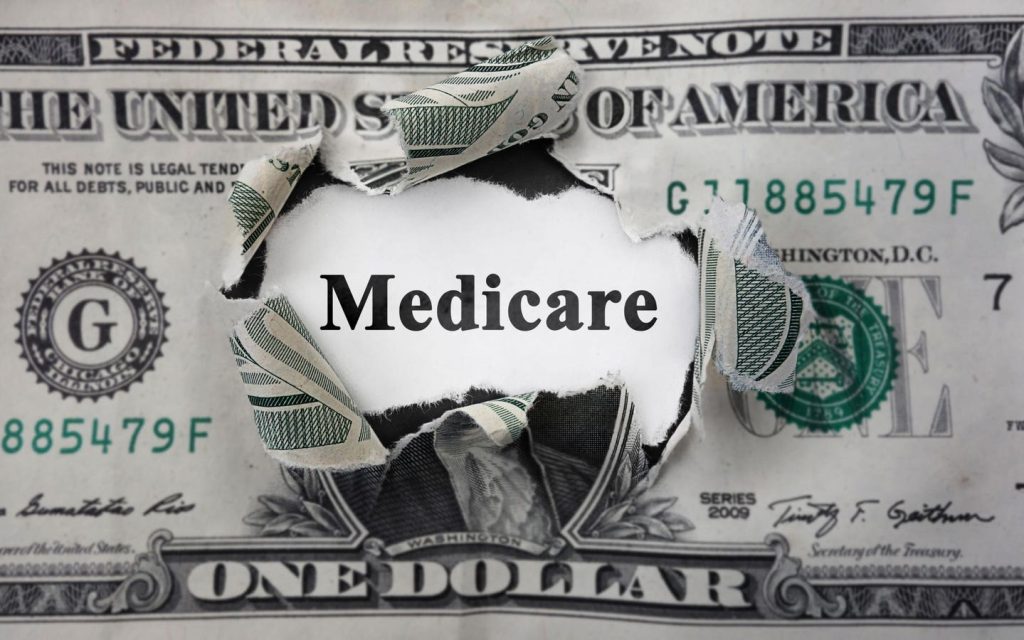The Medicare Prescription Payment Plan, also known as MPPP, MP3 or M3P, is a brand-new program that will take effect on January 1, 2025, the same day as the $2,000 cap on Part D out-of-pocket drug costs. The MPPP is like an installment payment plan for those who have Part D prescription drug coverage. They’ll be able to spread the costs out over the year, instead of paying all at once.
Here are a few quick facts about the MPPP.
- Anyone who has Part D drug coverage, such as in a stand-alone plan or a Medicare Advantage plan, is eligible for this program.
- The MPPP applies only to Part D drugs that are listed in a plan’s formulary.
- Once enrolled in the program, there will be monthly bills.
- The amount can vary depending on many factors, such as whether the plan has a deductible or changes in the medications an enrollee takes.
- This program will not save anyone any money. $2,000 is the most an enrollee will spend on covered medications and the MPPP simply spreads out the costs.
- Participation in the program is optional; enrollees must choose to enroll. And that is leading many to wonder, “Should I sign up or not?”
The 2025 drug plan details are now available in the Medicare Plan Finder, along with information about how the MPPP works and charts showing your monthly costs with or without this program.
Right before the section called “Estimated Total Drug and Premium Cost” on the plan details page, there is a paragraph about the Medicare Prescription Payment Plan. Click on “Find out what your drug costs might look like with this payment option” and then a box appears, “How will my monthly bill be calculated?” Because costs can vary by pharmacy, be sure to save, create a PDF, or screen-capture the chart for each pharmacy you selected. (Find the pharmacy name in the pulldown menu and click, “Change.”)
The chart includes explanatory text. Of note is this reminder, “This table only includes the costs for your covered drugs. If you have drugs in your drug list that aren’t covered, those costs aren’t shown below.” Also know that the chart is a prediction of costs, based on the current drug regimen. Any changes during the year will affect the monthly amount.
Four Good Examples and One Big Problem
The chart has two columns: one for monthly costs if you don’t enroll in the program and the second, the costs if you do enroll. I put together four examples that likely reflect common situations.
The first example illustrates a very common scenario, those who will not hit the $2,000 cap. Without the MPPP, they would pay their share when getting medications every month. In the MPPP, they could face a range of monthly payment; in this example, from $3.38 to $111.33. Both column add up to the same amount.
The second example is for an enrollee who takes five drugs, including one Tier 4. She will reach the $2,000 cap in the first month. If she doesn’t enroll in the MPPP, she will pay $2,000 in January, compared to $166.67 every month through the year if she does.
The third example is for a man with two Tier 3 drugs included in his regimen, and he prefers mail order. If he doesn’t enroll in the MPPP, he will pay $1564.82 in January and $435.18 in April. With the MPPP, he will face monthly costs of $127.11 to $175.46
The fourth example shows the costs for an individual who takes 10 drugs, Tier 2 and Tier 3. According to the chart, he will face costs of almost $3,200 every month, a total of $38,286.12, if not participating in the MPPP. However, if enrolling in the program, the chart shows his costs would drop to $166.67 a month, a savings of $36,286.12, in the calendar year.
The MPPP is not supposed to save any money, let alone over $36,000. What’s going on here? His chosen pharmacy is out-of-network and drug plans do not pay for any drugs from noncontracted pharmacies. This enrollee would be responsible for the full cost ($38,286.12) and the MPPP would not save him any money. Someone in charge needs to fix the calculation to exclude the cost of drugs from an out-of-network pharmacy.
The fifth example highlights a switch to an in-network pharmacy. He would pay different amounts for six or 12 months, depending on whether or not he enrolls in the MPPP. Both columns add up to $2,000, no cost savings.
Should You Enroll?
Those who do not hit the cap (example 1) will most likely not enroll. They would go from regular, predictable cost sharing to monthly bills in different amounts.
In examples 2 and 3, the enrollees would pay $2,000 in two payments instead of 12. If they can afford it, that might be the less-hassle option. On the other hand, those with limited resources might choose smaller monthly payments.
Then there will be cases, as with example 5, when it takes more than one or two months to hit the $2,000 cap. The decision would likely depend on whether they prefer paying at the time of medication pick-up or when they get the bill.
Whatever the decision, remember:
- The most you can pay, either in or out of the MPPP, is $2,000 for covered drugs at in-network pharmacies.
- This program will not save any money.
- Choose to participate in the MPPP only if you believe there is benefit.
- You can opt to disenroll from the program at any time.
- And, most important of all, pay attention during the Open Enrollment Period.
Read the full article here













